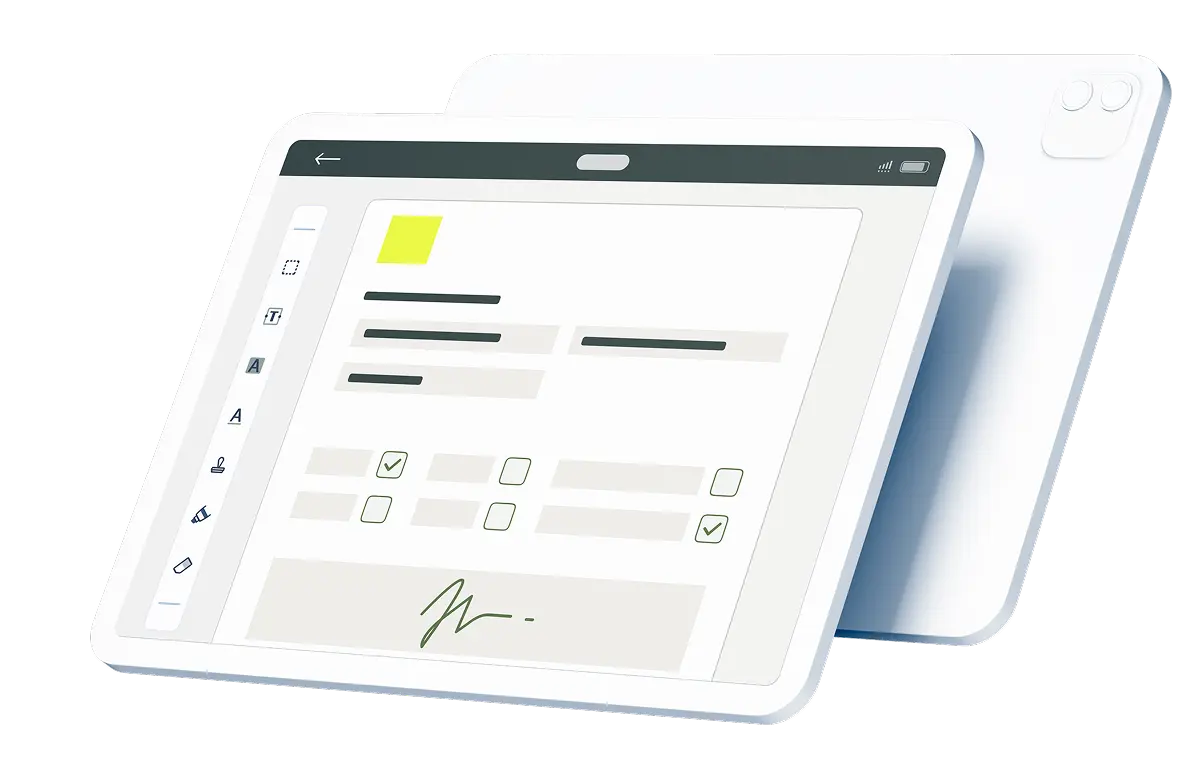What Is HACCP Plan?
HACCP plan is a hazard analysis form that covers every step in a process alongside critical control points, hazards, limits, specifications for monitoring, corrective actions, verifications, and record-keeping measures. HACCP plan can mitigate contamination risks by identifying CCPs (critical control points) for food production processes.
HACCP plans are based on descriptions of food products that account for the intended use and consumers. Analysis of the hazards associated with food production enables stakeholders to determine critical limits and set up monitoring systems. HACCP plans should also indicate corrective measures to maintain food safety in addition to verification procedures and documentation practices for these plans.
What Should HACCP Form Include?
Businesses should follow a form to establish the basis for an effective food safety plan. The standard forms for HACCP plans include the following:
- Hazard Analysis: Identify and assess hazards that could undermine food safety.
- Control Points: Define food safety standards based on time, temperature, or other metrics.
- Critical Limits: Determine minimum and maximum values that indicate when food is no longer safe.
- Monitoring System: Develop a system for keeping track of food preparation or processing.
- Corrective Measures: Set forth measures to take when deviation occurs during food production.
- Verification Procedures: Check programs, control points, calibration, the plan itself, and log verification measures.
- Documentation Standards: Keep records of current and past HACCP plans for due diligence, future reference, and proof of regulatory compliance.
The HACCP plan starts with assessing hazards and ways to prevent or mitigate risks. Monitoring standards indicate when stakeholders should evaluate the status of food production processes to observe safety standards. HACCP plans also detail corrective measures and set limits beyond which food is deemed unacceptable or unsafe.
The information in a HACCP plan often goes beyond the expertise of individual professionals. Specialists in cleanliness or sanitation, food engineering, machine operation, quality assurance, and production should collaborate on teams to make HACCP plans.
How Is HACCP Plan Example Useful for Preparing Plans and Checklists?
An example plan form provided by the Fluix team demonstrates the easy-to-use format of the document with the most common sections. Stakeholders preparing the HACCP plan can refer to it as an example, as referring to third-party models can indicate whether an existing program contains all necessary areas.
Using the HACCP plan template in Fluix can also show how process steps on a plan align with tasks in workflows. Sample materials provided guide on developing customized resources for the specific food production environment.
Why Are HACCP Checklists Useful for Plan Compliance?
HACCP plans are highly detailed documents. Specialized checklists provide a more accessible format for guiding workers through the numerous process steps defined in HACCP protocols.
Checklists are also valuable reminders to monitor the status of operations and take corrective actions as needed. In addition, these materials can remind stakeholders to validate these plans regularly.
What Are the Standard Sections of the HACCP Plan Template?
Most HACCP plans have similar structures. Practically any template that is suitable to use as the basis for a new plan will include the following sections:
- Process Step: Identify each step in the food preparation process.
- Relevant CCP: Specify which process steps require critical control points.
- Possible Hazard: Indicate the hazards pertaining to each process step.
- Critical Limits: State limits to guide assessments of safety.
- Monitoring Data: Indicate what, when, and how to check. It’s also essential to define who will monitor process steps.
- Corrective Action: Describe measures to correct emerging hazards.
- Verification Records: Provide proof of relevant verification measures.
The length of the HACCP plan can vary based on the hazards that accompany a given food production method. A verified HACCP plan for a particular application can serve as the basis for your customized plans.
How Often Do You Need To Update a HACCP Plan?
At least once a year, the following definitions and measures should undergo validation:
- identification of hazards and critical control points
- hazard analysis
- support for critical limits
- monitoring activities.
Updates to HACCP plans could necessitate the revision of accompanying materials, such as flow charts, decision trees, and checklists. Maintaining records of previous schemes and logs of critical limits, testing, calibration, corrective actions, and verification is essential.
What Is the Best Way To Promote Compliance With a HACCP Plan?
A workflow automation platform that facilitates the distribution, submission, and approval of HACCP plan checklists and forms promotes compliance. The Fluix platform offers health and safety management solution for HACCP plan compliance and validation.
Schedule a personalized demo, or pick the “Use in Fluix” option at the top of the page to try this form and related automation right inside the platform.

